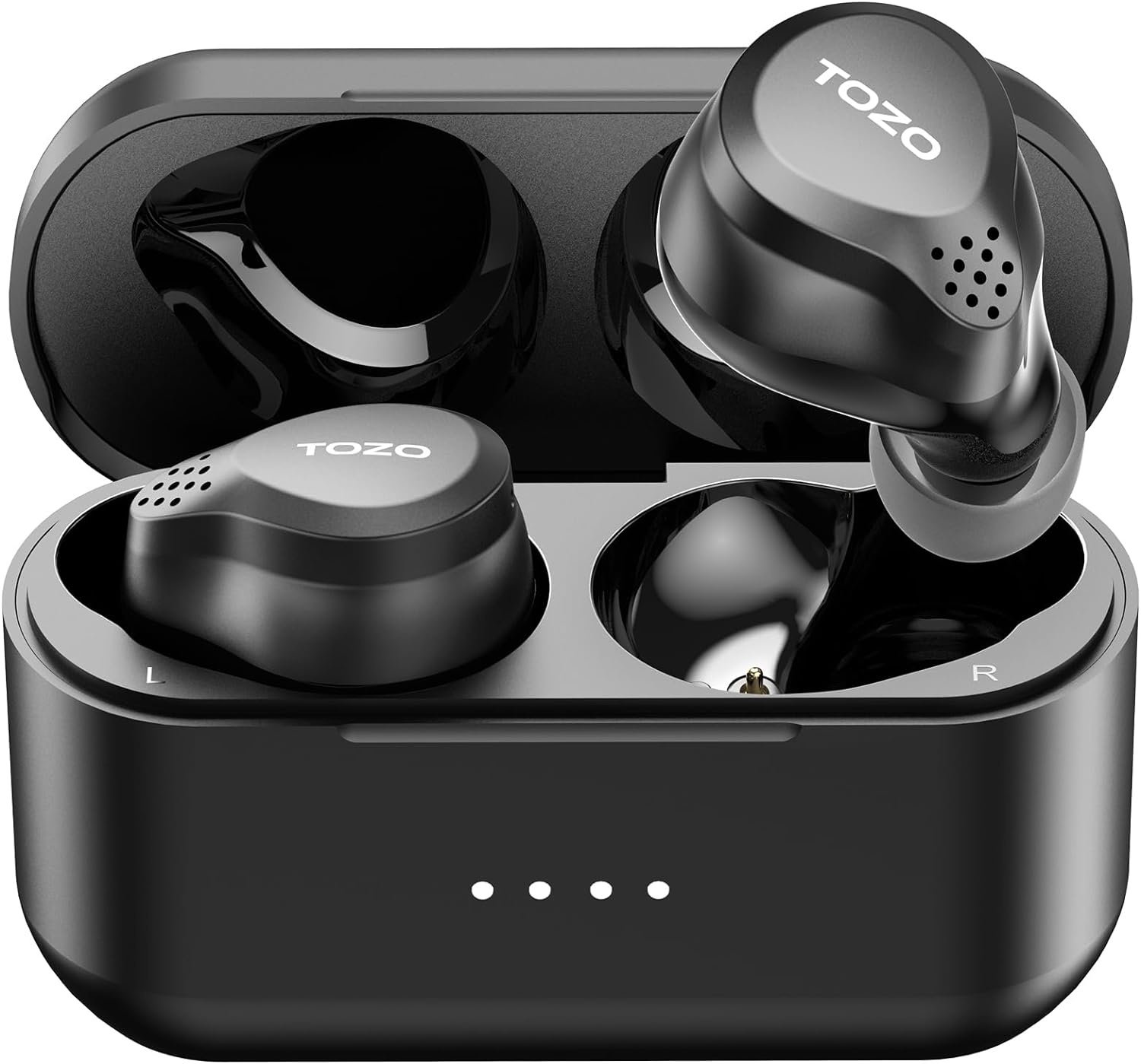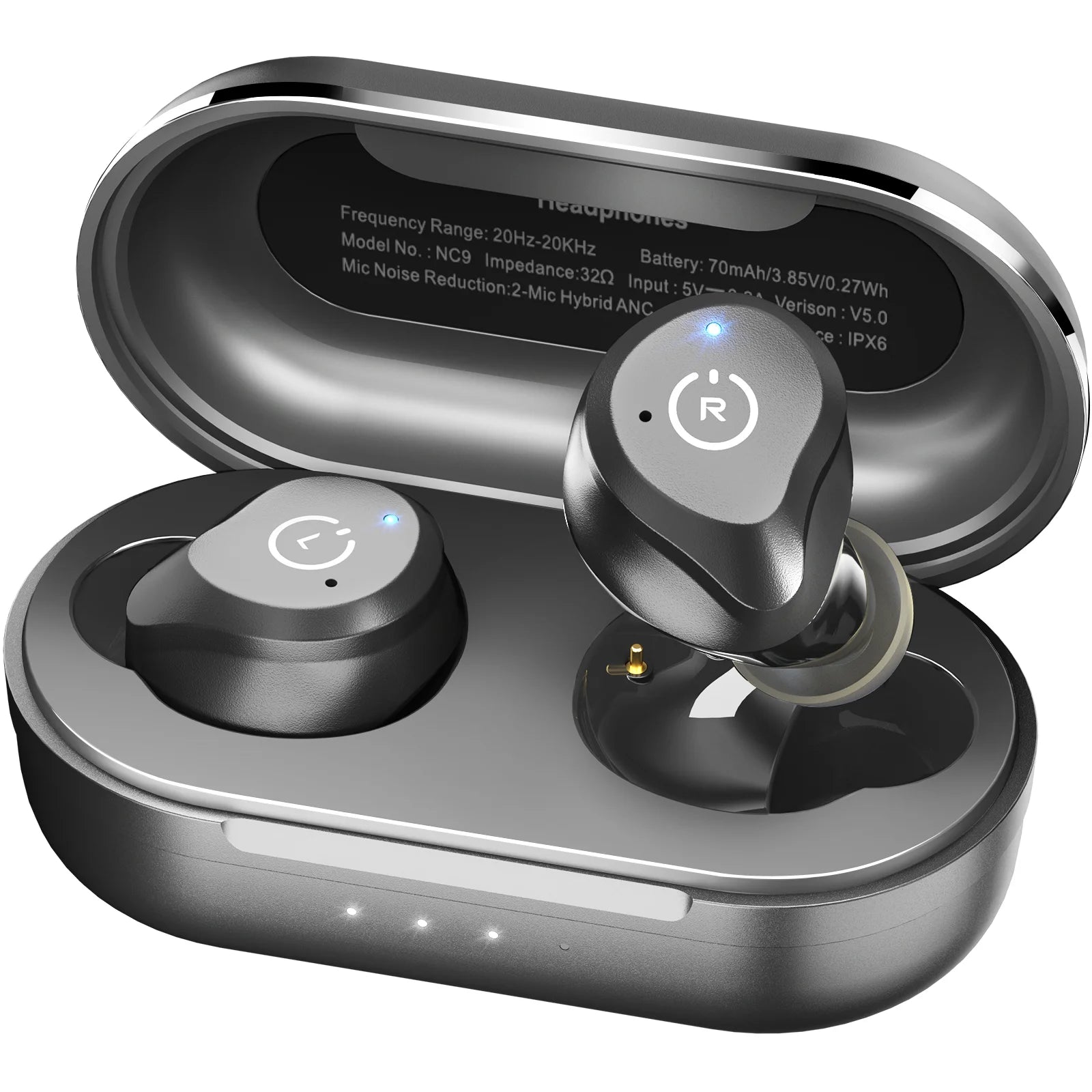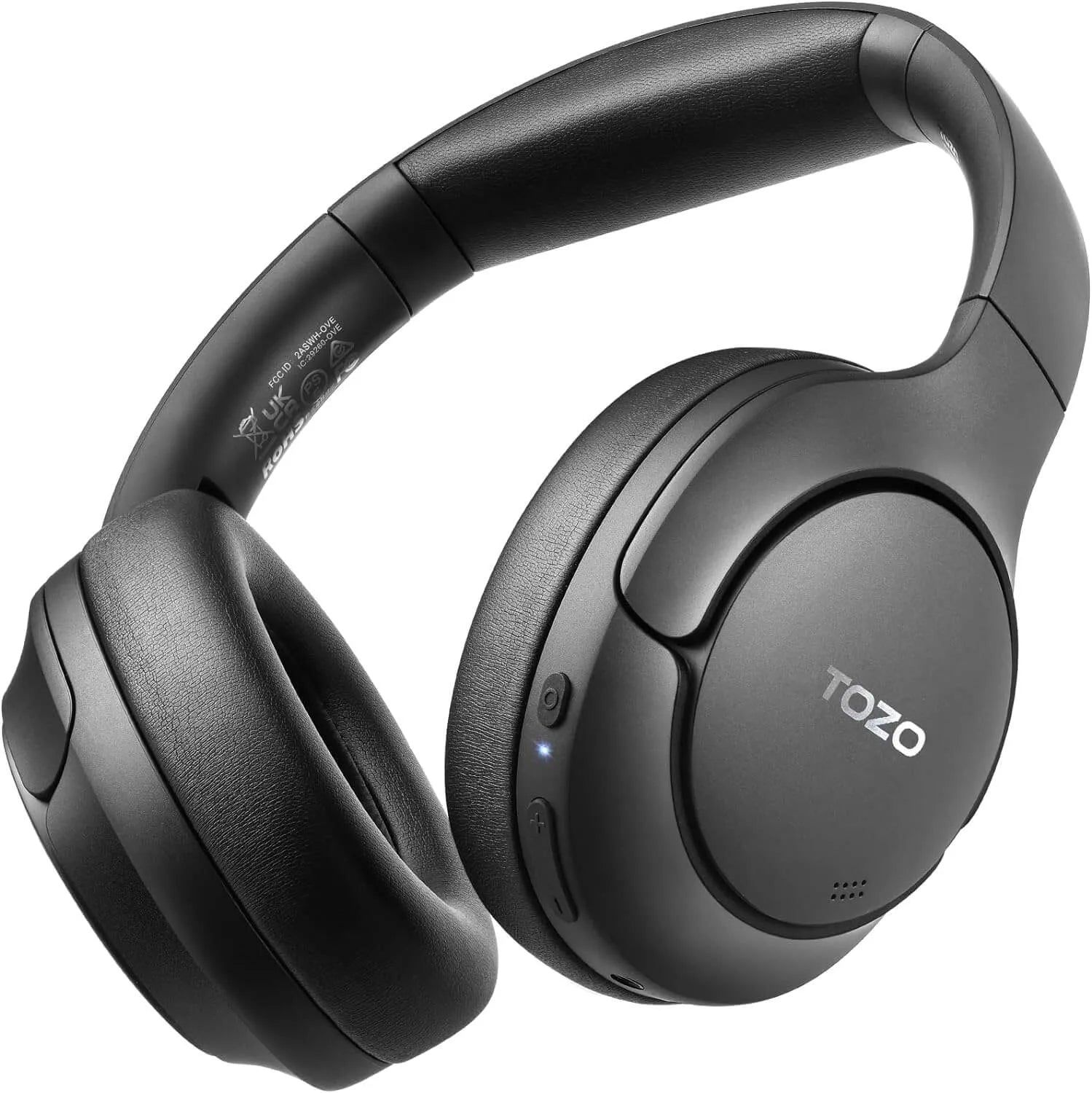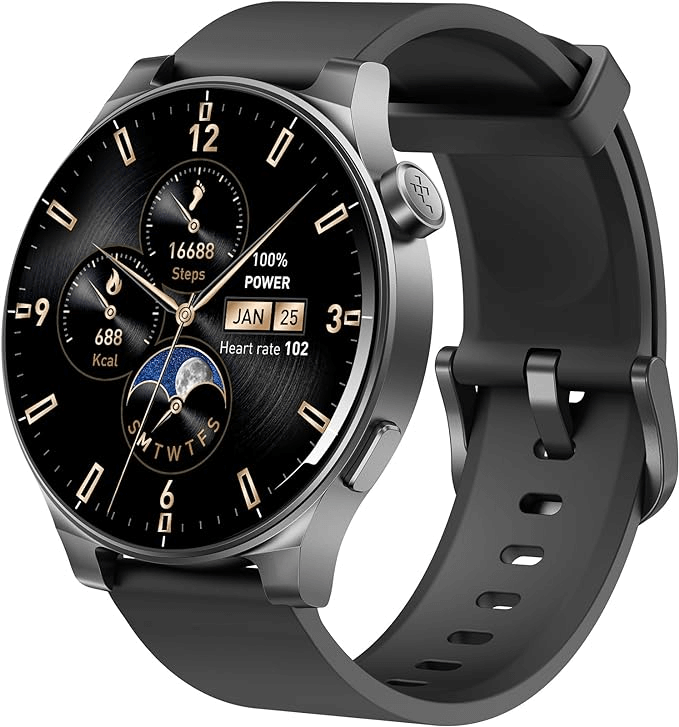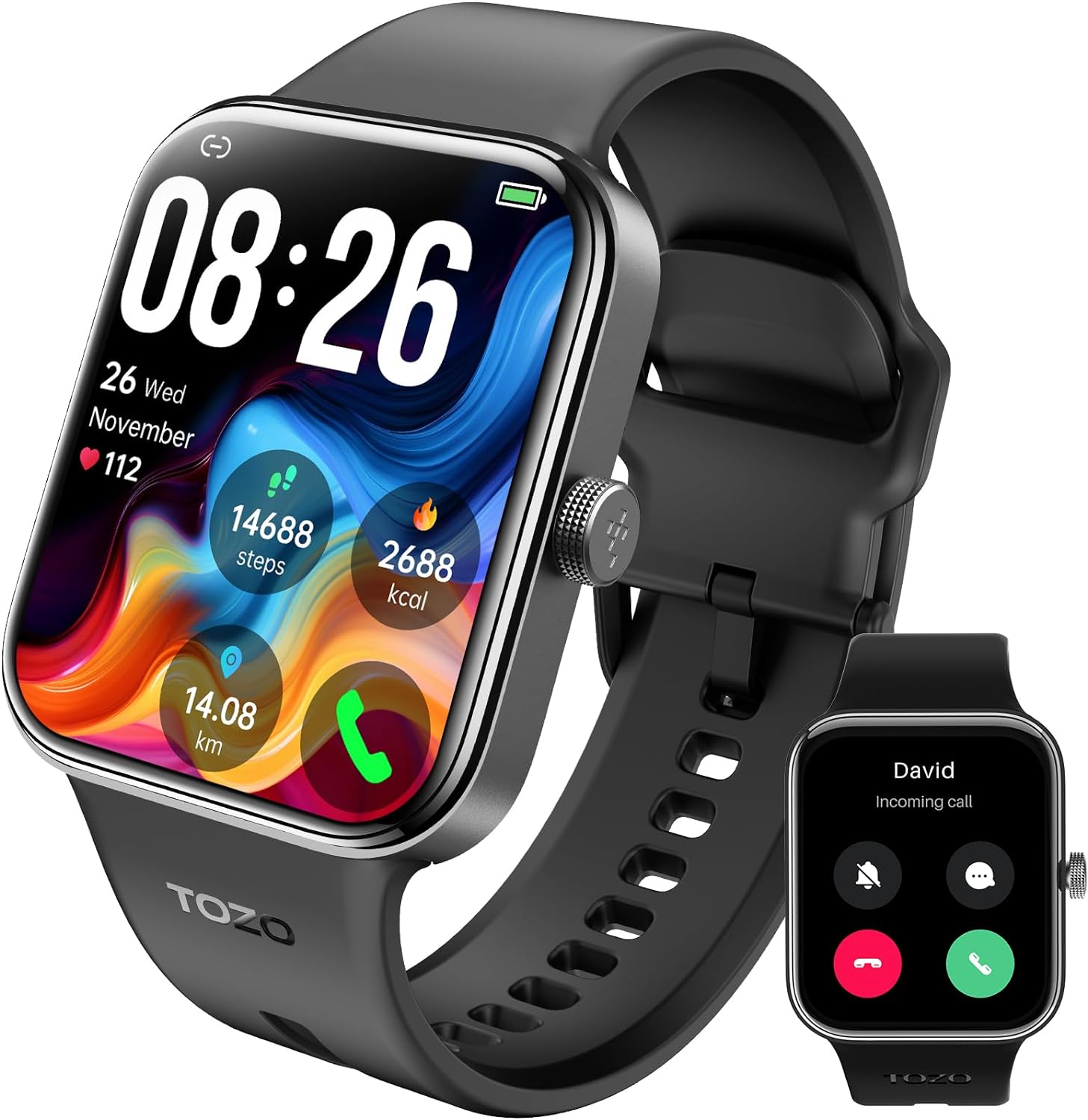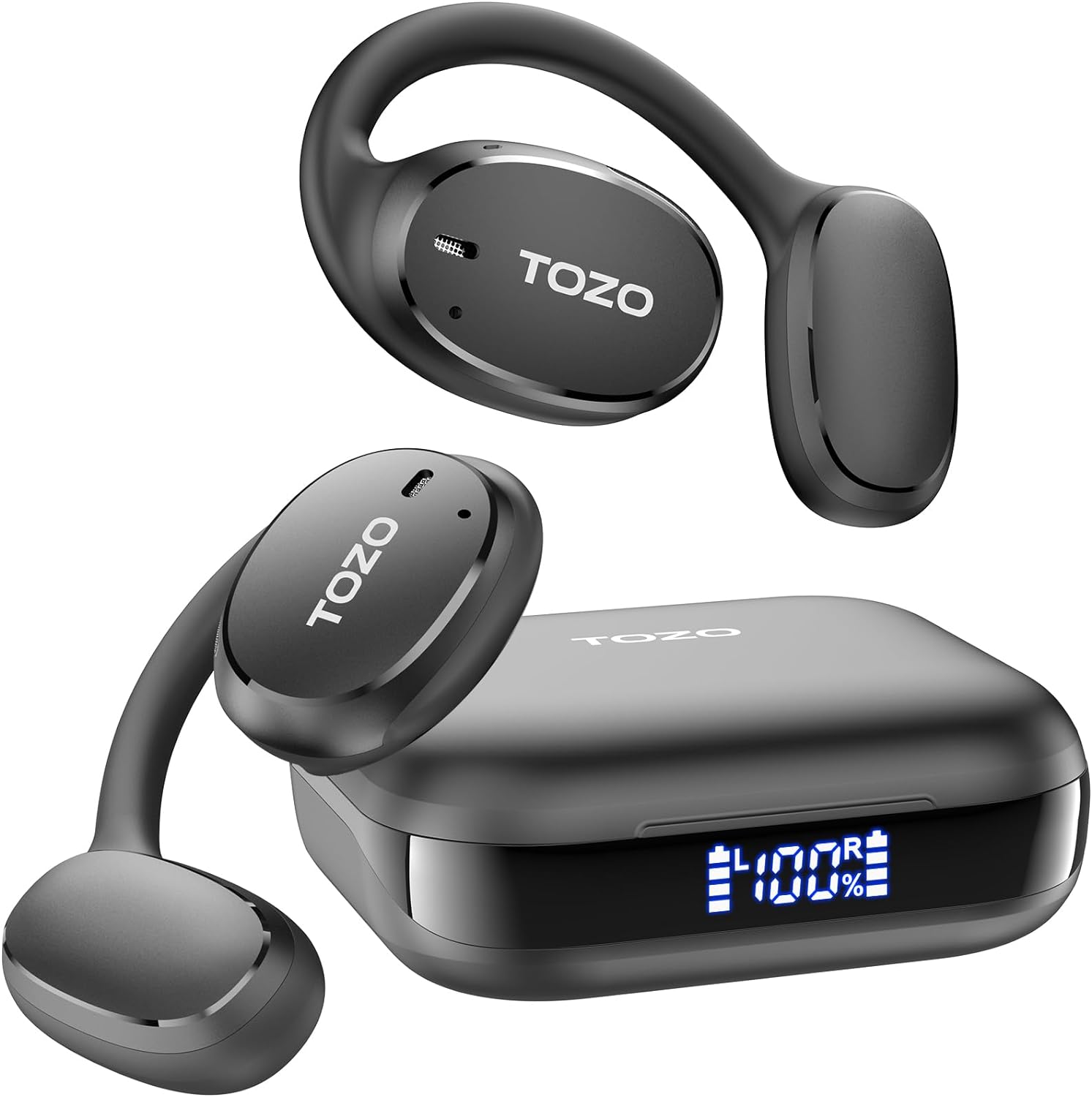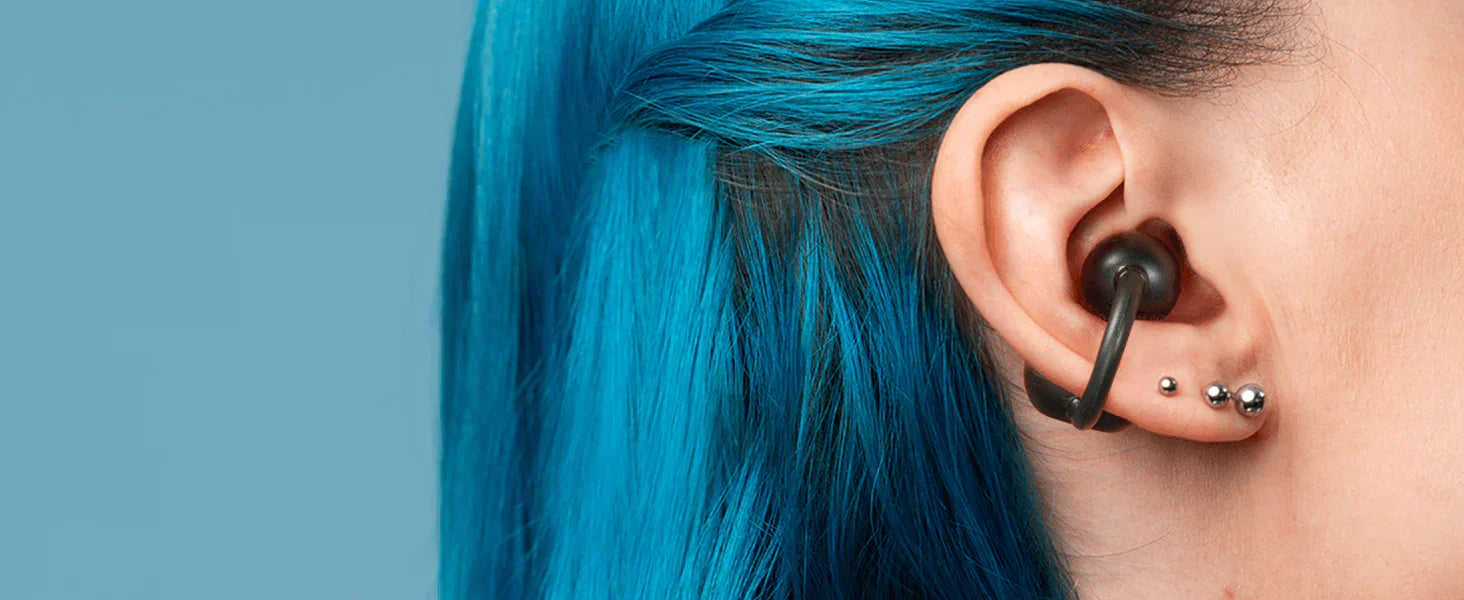Open-ear earbuds have become increasingly popular due to their unique design, comfort, and safety features. Unlike traditional headphones or in-ear earphones, open ear earbuds allow users to hear ambient sounds while still enjoying music or taking calls. However, one common question that arises is: Can other people hear your music when you’re using open-ear earbuds?
In this article, we’ll take a closer look at how open ear earbuds work, whether they cause sound leakage, and how you can minimize it. We'll also explore the best situations for using open ear headphones, as well as the potential benefits they offer.
What Are Open-Ear Earbuds?
Open-ear earbuds are a type of wireless earbud that doesn’t fully enclose your ear canal. Instead, they rest on the outer ear, allowing sound to be directed toward your ears while still letting you hear the world around you. This design is different from traditional in-ear or over-ear headphones, which create a seal around or in the ear to block out ambient noise.
Open-ear earbuds are particularly useful for outdoor activities, such as running, cycling, or walking, as they allow you to remain aware of your surroundings. However, because they do not seal off the ear, sound can escape, leading to some concerns about whether others can hear your music.
How Open-Ear Earbuds Work
The design of open-ear earbuds allows sound to be projected outward, meaning they don’t create a seal in or around the ear. The sound is directed toward the ear canal but does not fully isolate the listener from external noise. This means you can hear both your music and the sounds around you, making open-ear earbuds a great choice for activities where situational awareness is important.

Because they are not sealed in the ear, open-ear earbuds tend to leak more sound than traditional earbuds or headphones. The amount of sound leakage depends on various factors, such as volume, earbud design, and the surrounding environment.
Can Other People Hear Your Music with Open-Ear Earbuds?
Sound leakage is the key factor in determining whether others can hear your music with open-ear earbuds. Because open-ear earbuds do not fully seal your ears, they allow some sound to escape, particularly at higher volumes. So, in certain situations, others can hear your music if the volume is too high.
Several factors influence how much sound escapes from open ear earbuds:
Volume Level: The higher the volume, the more likely it is that others will hear your music. If you're in a quiet space, such as a library, others may hear your music more clearly if the volume is loud.
Earbud Design: The design and quality of the earbuds can affect how much sound leaks. Some open ear designs are engineered to minimize sound leakage, but no open earbud is completely soundproof.
Environmental Noise: In louder environments, such as busy streets or gyms, sound leakage is often less noticeable because of the ambient noise around you.
Compared to traditional earphones, which create a seal to keep sound inside, or over-ear headphones, which completely cover the ears, open ear earbuds are more prone to sound leakage.
The Pros and Cons of Open-Ear Earbuds
While sound leakage may be a concern in certain situations, there are many benefits to using open ear earbuds, especially for those who prioritize safety and comfort.
Safety: Open-ear earbuds allow you to hear your surroundings, which is essential for outdoor activities like running, cycling, or walking in busy areas. This design helps you stay aware of potential hazards, such as traffic or other pedestrians.

Comfort: Since open ear earbuds don’t press into your ear canal, they are often more comfortable for extended use. You don’t have to worry about ear fatigue, which is common with traditional in-ear designs.
Convenience: Open-ear earbuds are ideal for multitaskers, as they let you listen to music or take calls while still hearing important sounds in your environment.
While open ear earbuds may not offer the privacy of traditional earphones, they do provide significant benefits in terms of safety and comfort, particularly in outdoor or active settings.
Minimizing Sound Leakage with Open-Ear Earbuds
If you’re concerned about sound leakage, there are a few ways to minimize it while still enjoying the benefits of open ear earbuds:
-
Keep the Volume Low: One of the easiest ways to reduce sound leakage is to lower the volume. This way, you can still enjoy your music without disturbing others around you.
-
Choose High-Quality Open-Ear Earbuds: Some open earbud models, like the TOZO OpenEarRing, feature better sound isolation and minimize leakage while still allowing you to stay aware of your surroundings.
-
Be Mindful of Your Environment: In quiet environments like libraries or offices, it’s best to keep the volume at a moderate level to avoid disturbing others. In noisy environments, sound leakage is less of a concern.
If you want to experience a combination of safety, comfort, and minimal sound leakage, the TOZO OpenEarRing is a great choice. Its lightweight, ultra-comfortable design is perfect for those who want to stay aware of their environment without sacrificing music quality.

When Should You Use Open-Ear Earbuds?
Open ear earbuds are ideal for activities where you need to hear your surroundings, such as:
Running: You can stay aware of your surroundings, including traffic or other runners.
Walking and Biking: Stay alert while listening to your favorite music or podcast.
Exercising: Open-ear earbuds are great for workouts, as they don’t cause discomfort during long sessions.
However, they are not ideal for:
Quiet Spaces: Libraries, offices, or quiet cafés where sound leakage might disturb others.
Crowded Areas: In places like public transport, others might be disturbed by the sound escaping your earbuds.
For those who want the best open-ear experience, the TOZO Open EarRing offers up to 40 hours of playtime, ensuring you can enjoy long listening sessions without worrying about battery life or discomfort.
To summarize, yes, other people can hear your music with open ear earbuds, particularly if the volume is set too high. However, this is a natural trade-off for the comfort and safety these earbuds provide. While they may not offer the privacy of traditional earbuds or over-ear headphones, open ear earbuds are perfect for activities where you need to stay alert to your surroundings.
If you're looking for an open earbud option that combines comfort, sound quality, and minimal sound leakage, the TOZO OpenEarRing is an excellent choice. Its ultra-light design and impressive features, such as 40 hours of playtime and IPX5 water resistance, make it an ideal companion for outdoor and fitness activities.























